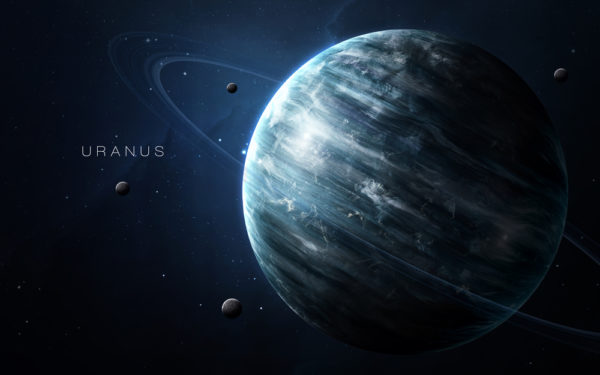Welcome to the latest installment of “Writer Fuel – cool real-world stories that might inspire your little writer heart. Check out our Writer Fuel page on the LimFic blog for more inspiration. Today:
The ice giants Uranus and Neptune don’t get nearly enough press; all the attention goes to their larger siblings, mighty Jupiter and magnificent Saturn.
At first glance, Uranus and Neptune are just bland, boring balls of uninteresting molecules. But hiding beneath the outer layers of those worlds, there may be something spectacular: a constant rain of diamonds.
“ice giants” may conjure the image of a Tolkien-esque creature, but it’s the name astronomers use to categorize the outermost planets of the solar system, Uranus and Neptune. Confusingly, though, the name has nothing to do with ice in the sense you would normally recognize it — as in, say, ice cubes in your drink. The distinction comes from what these planets are made of. The gas giants of the system, Jupiter and Saturn, are made almost entirely of gas: hydrogen and helium. It’s through the rapid accretion of those elements that these huge planets managed to swell to their current size.


